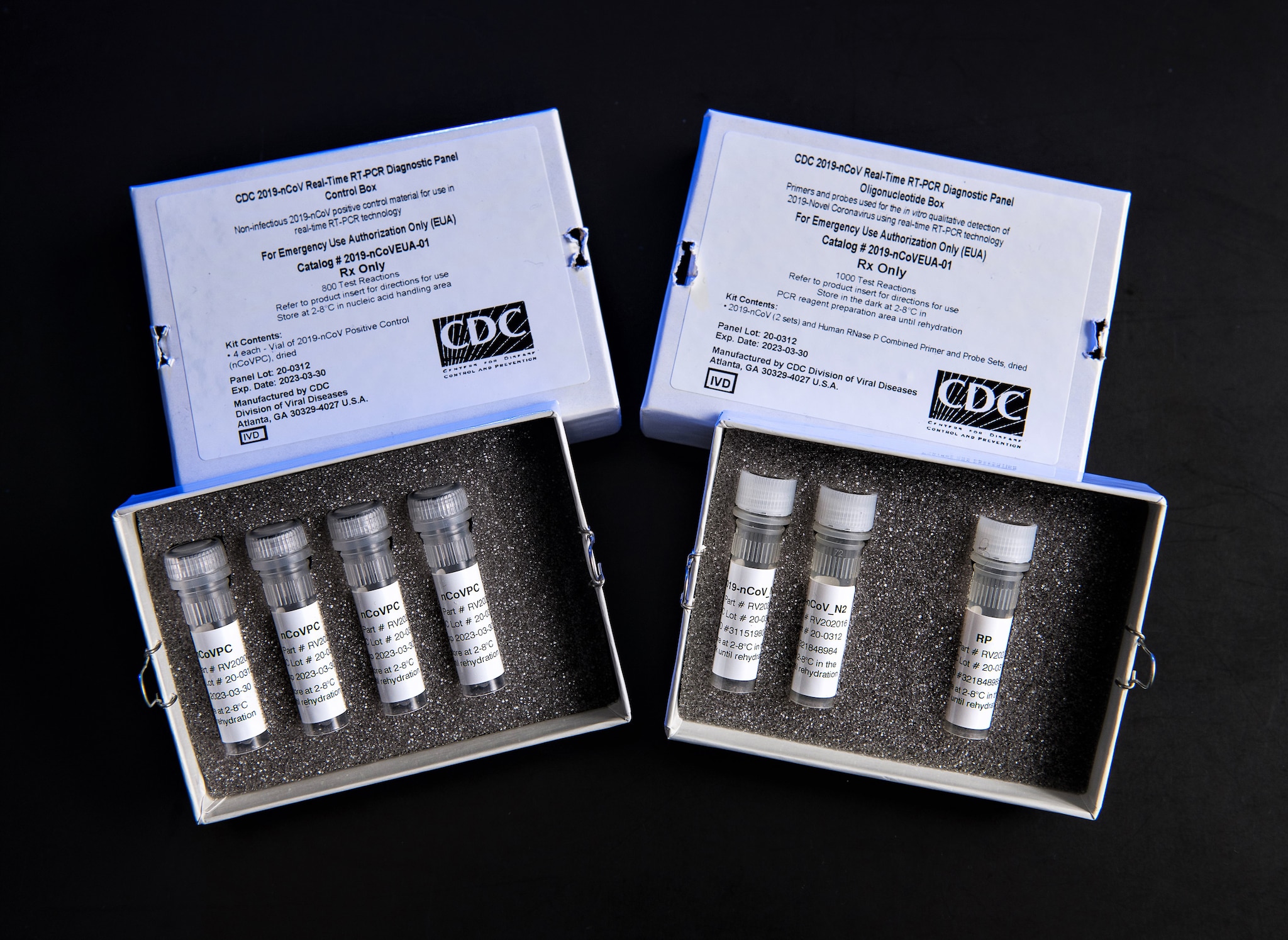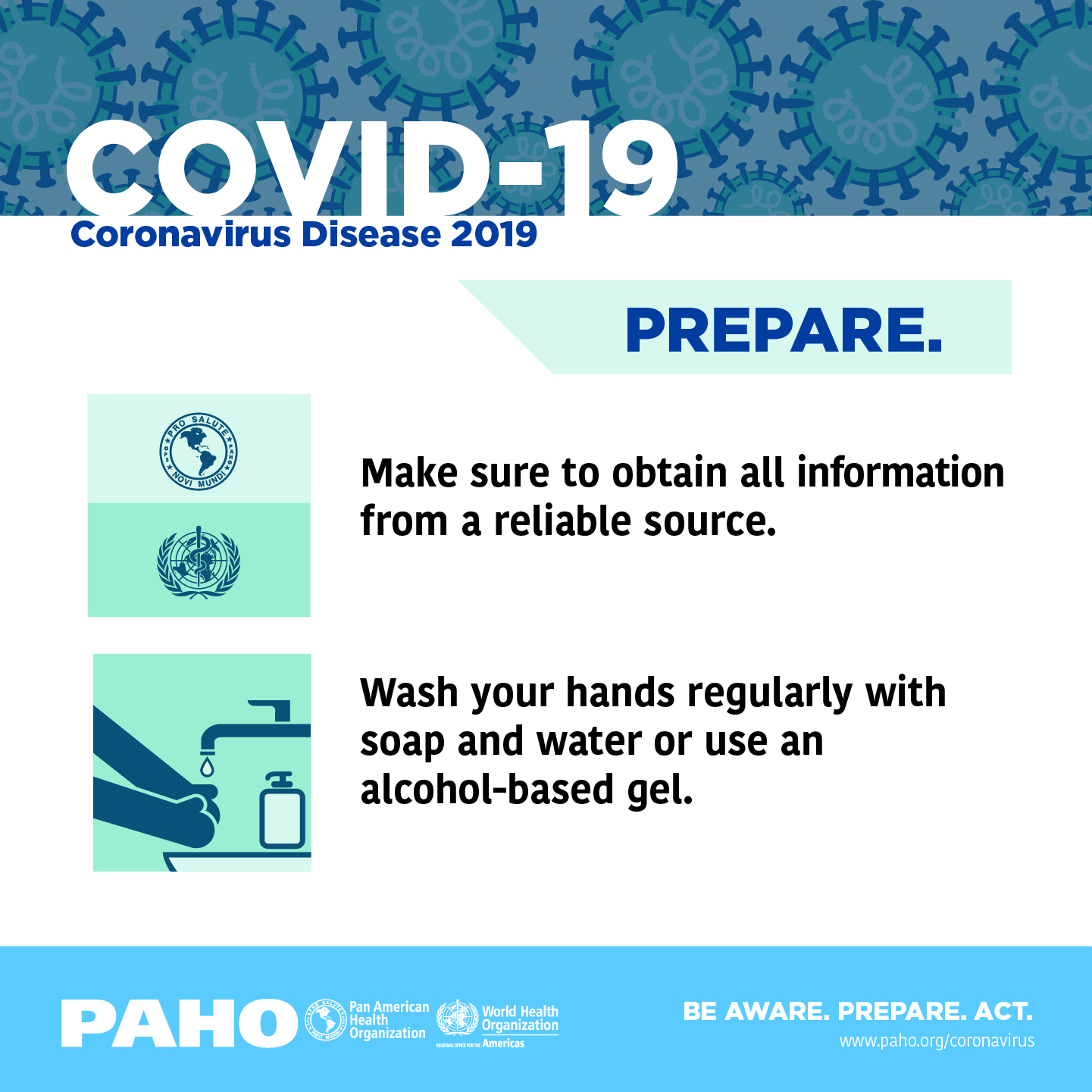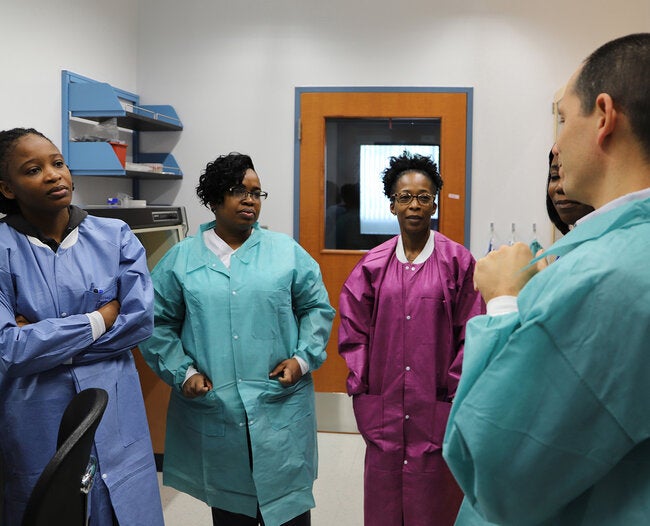Coronavirus situation in the world: WHO COVID-19 map cases
Coronavirus Disease 2019 (COVID-19) Situation Summary. On January 30, 2020, the International Health Regulations Emergency Committee of the World Health Organization declared the outbreak a “public health emergency of international concernexternal icon” (PHEIC). On January 31, 2020, Health and Human Services Secretary Alex M. Azar II declared a public health emergency (PHE) for the United States to aid the nation’s healthcare community in responding to COVID-19.
Coronaviruses are a large family of viruses that are common in people and many different species of animals, including camels, cattle, cats, and bats. Rarely, animal coronaviruses can infect people and then spread between people such as with MERS-CoV, SARS-CoV, and now with this new virus (named SARS-CoV-2).
 The SARS-CoV-2 virus is a betacoronavirus, like MERS-CoV and SARS-CoV. All three of these viruses have their origins in bats. The sequences from U.S. patients are similar to the one that China initially posted, suggesting a likely single, recent emergence of this virus from an animal reservoir.
The SARS-CoV-2 virus is a betacoronavirus, like MERS-CoV and SARS-CoV. All three of these viruses have their origins in bats. The sequences from U.S. patients are similar to the one that China initially posted, suggesting a likely single, recent emergence of this virus from an animal reservoir.
Early on, many of the patients at the epicenter of the outbreak in Wuhan, Hubei Province, China had some link to a large seafood and live animal market, suggesting animal-to-person spread. Later, a growing number of patients reportedly did not have exposure to animal markets, indicating person-to-person spread. Person-to-person spread was subsequently reported outside Hubei and in countries outside China, including in the United States. Some international destinations now have apparent community spread with the virus that causes COVID-19, including in some parts of the United States. Community spread means some people have been infected and it is not known how or where they became exposed...Read more
Interesting Facts
Face masks during outbreaks: Who, when, where and how to use them. Washington, D.C., 28 February 2020 (PAHO/WHO) — The use of face masks during outbreaks of viral illnesses such as the coronavirus disease 2019 (COVID-19) has only been shown in scientific studies to be effective for protecting healthcare workers and to reduce the risk of sick patients spreading the disease. Based on that evidence, the Pan American Health Organization/World Health Organization (PAHO/WHO) recommends the use of face masks by:
- People who have respiratory symptoms such as coughing, sneezing or difficulty breathing, including when they are seeking medical attention—to protect others around them.
- People (including family members) who are providing care to individuals with respiratory symptoms.
- Healthcare workers, when entering a room with patients or treating an individual with respiratory symptoms, and according to the type of care that will be provided.
Wearing a face mask alone is not guaranteed to stop infections in any of these circumstances and should be combined with other personal protective measures, such as hand hygiene, keeping your distance from people with symptoms, and respiratory hygiene (or cough etiquette)...Read more
The global spread of 2019-nCoV: a molecular evolutionary analysis. The global spread of the 2019-nCoV is continuing and is fast moving, as indicated by the WHO raising the risk assessment to high. In this article, we provide a preliminary phylodynamic and phylogeographic analysis of this new virus. A Maximum Clade Credibility tree has been built using the 29 available whole genome sequences of 2019-nCoV and two whole genome sequences that are highly similar sequences from Bat SARS-like Coronavirus available in GeneBank. We are able to clarify the mechanism of transmission among the countries which have provided the 2019-nCoV sequence isolates from their patients.
The Bayesian phylogeographic reconstruction shows that the 2019–2020 nCoV most probably originated from the Bat SARS-like Coronavirus circulating in the Rhinolophus bat family. In agreement with epidemiological observations, the most likely geographic origin of the new outbreak was the city of Wuhan, China, where 2019-nCoV time of the most recent common ancestor emerged, according to molecular clock analysis, around November 25th, 2019. These results, together with previously recorded epidemics, suggest a recurring pattern of periodical epizootic outbreaks due to Betacoronavirus. Moreover, our study describes the same population genetic dynamic underlying the SARS 2003 epidemic, and suggests the urgent need for the development of effective molecular surveillance strategies of Betacoronavirus among animals and Rhinolophus of the bat family...Read more
Policy Developments and Outlook
A tool to investigate outbreaks, Go.Data, is rolled out for COVID-19 in Latin America. Mexico, 2 march 2020 (PAHO/WHO)- Go.Data, a platform that facilitates the collection, investigation and visualization of case and contact data during an outbreak, was rolled out today in Mexico by the Pan American Health Organization / World Health Organization (PAHO/WHO), the Global Outbreak Alert and Response Network (GOARN), and the Ministry of Health of Mexico.
The tool, which can be utilized by public health professionals involved in outbreak response, allows for the collection of case data, including on laboratory results, hospitalizations and other variables, and enables the control and monitoring of contacts. It also includes a visualization of trains of transmission and the generation of epidemiological curves.
The tool has been used since 2019 in the response to the Ebola outbreaks in the Democratic Republic of Congo and Uganda, as well as for the Rohingya crisis in Bangladesh. WHO is now working with its member states and partners to make Go.Data available for the response to COVID-19... Read more
New coronavirus: Fiocruz, Ministry of Health of Brazil and PAHO provide training in laboratory diagnosis in nine countries. Brasilia, 7 February 2020 (PAHO) - Experts from the Oswaldo Cruz Foundation (Fiocruz), the Ministry of Health of Brazil and the Pan American Health Organization (PAHO) provided training on laboratory diagnosis of the new coronavirus (2019-nCoV) on February 6 and 7 for specialists from Argentina, Bolivia, Chile, Colombia, Ecuador, Panama, Paraguay, Peru and Uruguay.
 During the activity, the participants carried out a practical exercise of molecular detection of 2019-nCoV and received diagnostic materials (primers and positive controls), in addition to reviewing and discussing the main tests and protocols available.
During the activity, the participants carried out a practical exercise of molecular detection of 2019-nCoV and received diagnostic materials (primers and positive controls), in addition to reviewing and discussing the main tests and protocols available.
PAHO’s representative in Brazil, Socorro Gross, said this type of training is essential so that countries in the Americas have the necessary knowledge to perform early diagnosis of 2019-nCoV following WHO protocols...Read more
PAHO Prepares Barbados for COVID-19 Testing. The Pan American Health Organization (PAHO) is implementing a comprehensive plan to support country preparedness efforts for the outbreak associated with the new Coronavirus (COVID-19). This plan includes establishing and strengthening laboratory capacity for early detection of the virus through the public health and reference laboratory networks in the Americas.
The Barbados ‘Best-dos Santos Public Health Laboratory’ became one of the first in the Caribbean to acquire test kits and reagents for COVID-19 detection, with concurrent training of laboratory personnel in the new testing protocol. The provision of COVID-19 test kits and training were made possible by PAHO Health Emergencies Department, who has worked in close collaboration with the Ministry of Health and Wellness to enhance national capacity in response to the Public Health Emergency of International Concern (PHEIC).
Virus detection requires high complexity tests that identify the specific genetic fingerprint of the virus. To support the implementation of the virus detection in Barbados, PAHO conducted training at the Best-dos Santos Public Health Laboratory...Read more




No comments:
Post a Comment